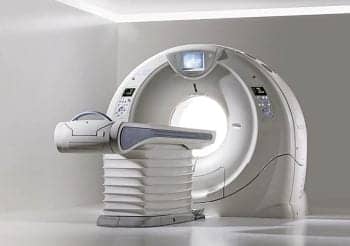A definitive assessment requires that a product’s functional, physical, financial, clinical and communication advantages be well-defined. The questions we asked in previous decades, when X-ray consisted of little more than a couple of rooms with straightforward equipment, still apply. But new times and new technologies also raise new points: Does this product have an advantage over what we use now?

In the 1960s, medical equipment was just a support service for good healthcare. The largest decisions in medical-equipment acquisition were in the laboratory: Automated chemistry analyzers and hematology analyzers were the largest and most technically challenging items in the hospital.
But healthcare has grown since then — and so has the need for technology assessment of the medical equipment that drives that growth.
The criteria used to assess technology in the 20th century still hold true for the 21st. As always, a definitive evaluation requires that a product’s functional, physical, financial, clinical and communication advantages be well-defined. These days and these times demand, however, that we ask additional questions if we want to assess technology more realistically and more effectively.
1. Define the functional advantage.
The decision of a medical center to invest in the “sequential medical analyzer for 12 tests,” better known as the SMA 12 chemistry analyzer or the Coulter Counter hematology analyzer, was the technology question of the year some 40 years ago. These analyzers represented major advances in technology for both quality of care and speed of results. The units were expensive and required specially trained operators. Once purchased, education began on calibration protocols, reagent storage, down time, back ups and results reporting.
In comparison, radiology in the 1960s was comprised of a couple of R/F rooms, a couple of rad/tomo rooms and a portable X-ray machine. If you could run one of them, you could run all of them. Everything in radiology lasted for 15-plus years. Equipment either worked or was broken and didn’t cost that much to repair.
In 1973, the technology worm turned when England’s EMI Laboratories introduced the computed axial tomography scanner (CAT scan), a scanner for the head only. This addition to the radiology department was not only expensive, it also required ongoing maintenance, which was unprecedented in healthcare. The decision to purchase this dedicated instrument for obtaining 128-by-128-pixel images of the brain in thick axial slices was a major one. It required construction of dedicated scan and computer rooms, air conditioning tailored for the computer, and specialized training for technicians and radiologists. When the CAT scanner broke, the $50,000 cost for a replacement array processor staggered the department budget.
To purchase the full text of this article, click here…



